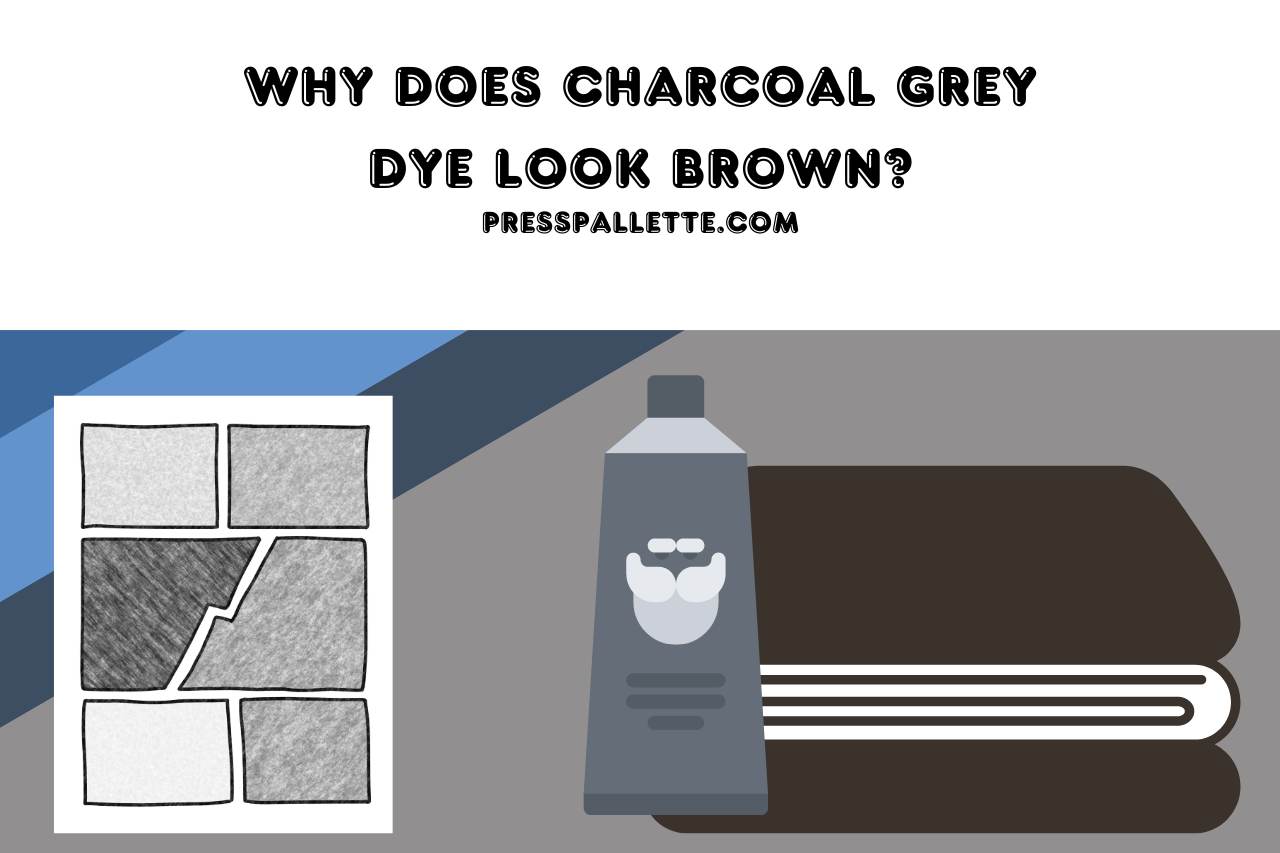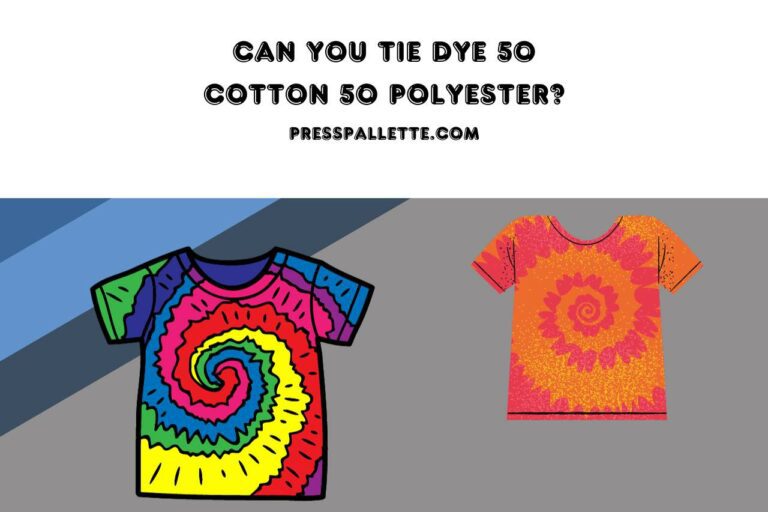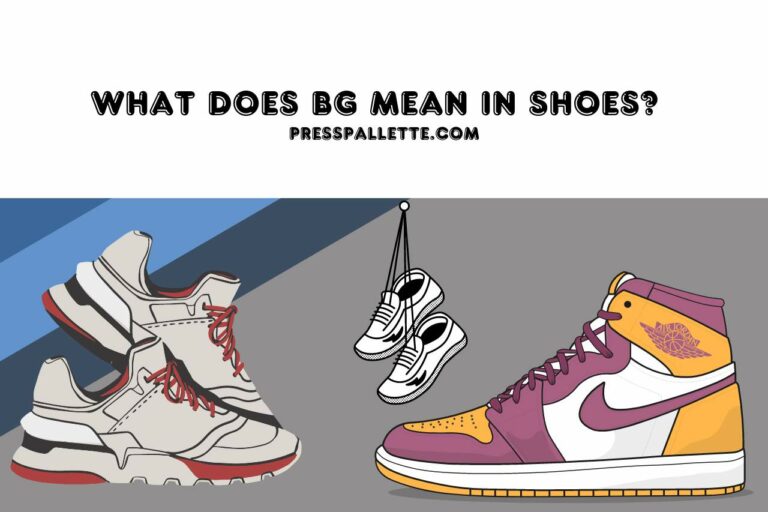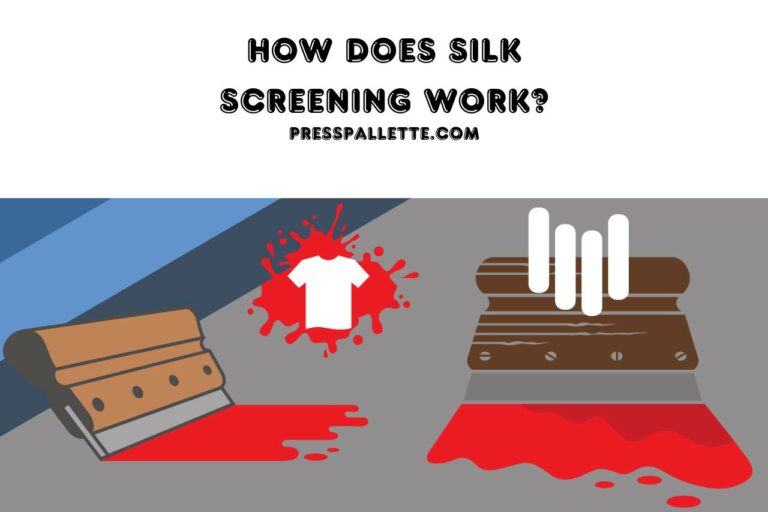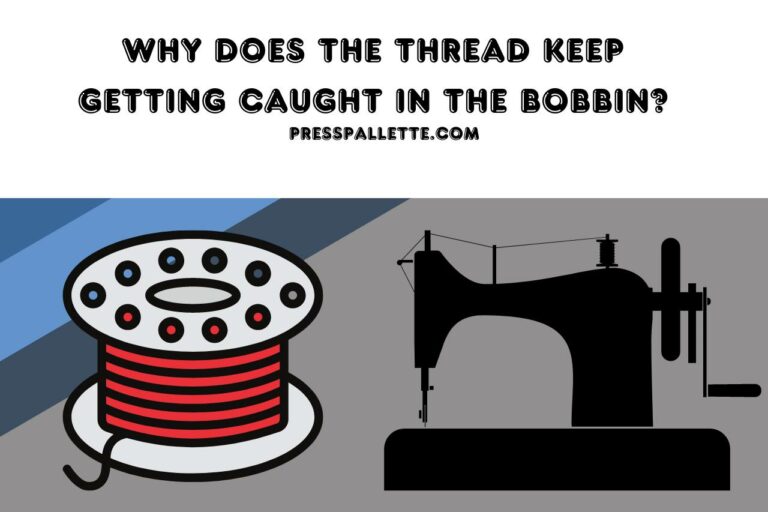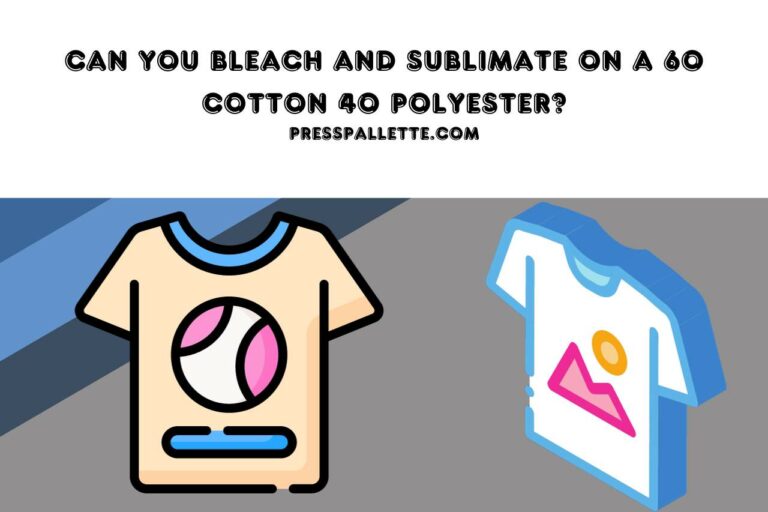Why does Charcoal Grey Dye Look Brown? Unveiling the Color Mystery!
Applying fabric dye might be a great way to get the outcome you want. However, dying your fabric can sometimes be an exact science, and you ought to possess a broad idea of what to expect before you start. Why does charcoal grey dye look brown? What shade of hue can I anticipate after dying?
It is essential to understand that each color and fabric may have somewhat different impacts, so you might get a variety of outcomes. The outcome will vary according to the amount of time, fabric type, and hue.
What Should I Know About Charcoal Grey Dye?
This rustic dark tint is a go-to whenever you’re looking to create something black but require to tone it down a little.
Virtually any sort of cloth or fabric blend may receive bright color from this multipurpose, simple-to-use, and non-toxic dye.
Great for disguising washing mishaps, restoring fading garments, altering the color of clothes, footwear, or devices, and plenty more.
Whichever your goal, all you need to get started is a washer and dryer, a container made of plastic, or an all-steel sink.
Why does Charcoal Grey Dye Look Brown?
We realize that most people don’t understand what we’re saying. Make yourself aware that a mix of those colors will be used to create the color when this dye is applied to the previously colored fabric.
The majority of the moment, brown is produced when red, yellow, and a small bit of blue are combined. Brown may also be created by mixing the main color, two secondary colors, and gray. When you blend these three colors, you get a darker shade of brown.
When working with already-dyed materials, a dye stripper ought to always be used first.
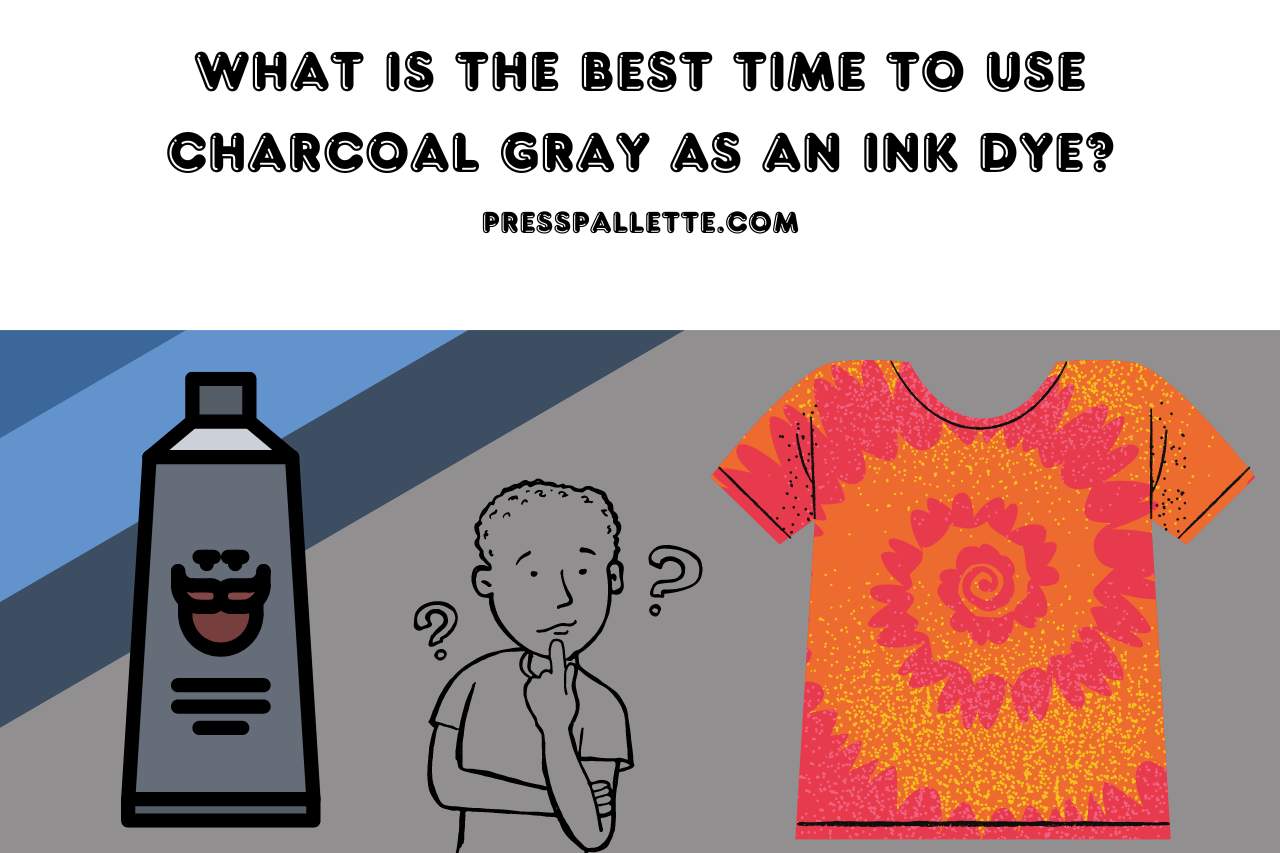
What is the Best Time to Use Charcoal Gray As an Ink Dye?
Using this multifunctional, easy-to-use, and non-toxic dye, virtually any type of fabric or fabric mixture may be colored brilliantly.
Perfect for hiding washing blunders, bringing back faded clothing, changing the color of clothing, footwear, or other goods, and plenty more.
Give practically any material or mixture of textiles, such as polyester, which is linen, flax, velvet, the fiber wool, viscose, or ramie, a vibrant color. The colorant may be used to color various materials, particularly cork, linen, wood, and wicker.
Use a straightforward dying technique to create something unique, such as a freeze-dyed, dipping colorant, marbled, shibori, or tie-dye pattern.
The package color approximates the results when 100% cotton cloth is colored white as well as off-white. Tones that are deep or dazzling require twice the amount of dye.
How Can Clothes Be Bleached?
Verify If your Apparel Can withstand It
Of course, not every piece of apparel is designed to be bleached. Verify the tag. Before washing the item completely, test the bleach mixture on a less noticeable portion of the clothing to see whether it is safe to move further.
The most apparent selection for bleaching is typically simple white cotton clothes, but you may use bleach even more colored apparel as long as it’s color-safe chlorine or an acidic hydrogen peroxide mixture.
Prepare the Scene
It’s vital to provide the area with adequate ventilation whether you’re employing chlorine-based bleach as is customary or a more environmentally friendly alternative.
To prevent unintentional contact, open an opening and place anything that you don’t want to bleach sufficiently far away. When handling bleach, safeguard your skin by using gloves made of rubber and by donning an apron.
Increase the Heat
Hot water works best when using bleach. Choose the maximum temperature setting on the washer if you are able to wash your clothes in boiling water.
Bleach should be Added
Never use undiluted chlorine directly on garments unless you’re trying for a very particular aesthetic. Follow the directions on the package, which should include the correct dilution ratio for correctly bleached clothing.
If the washer has a section specifically for bleach, you should add your chemical solution there. Allow the washing process to start before pouring bleach into the water tank if the equipment doesn’t incorporate a bleach section.
Clean as Usual
Let the washer or dryer complete its cycle, and add a rinse cycle to get the bleach smell out, followed by drying your clothes as usual.
You may also hand-wash goods in bleach when you’re dealing with a particularly fragile fabric, but make sure to put on safety gloves first.
Before allowing the clothing to dry, completely wash it in pure water to ensure that all bleach has been eliminated.
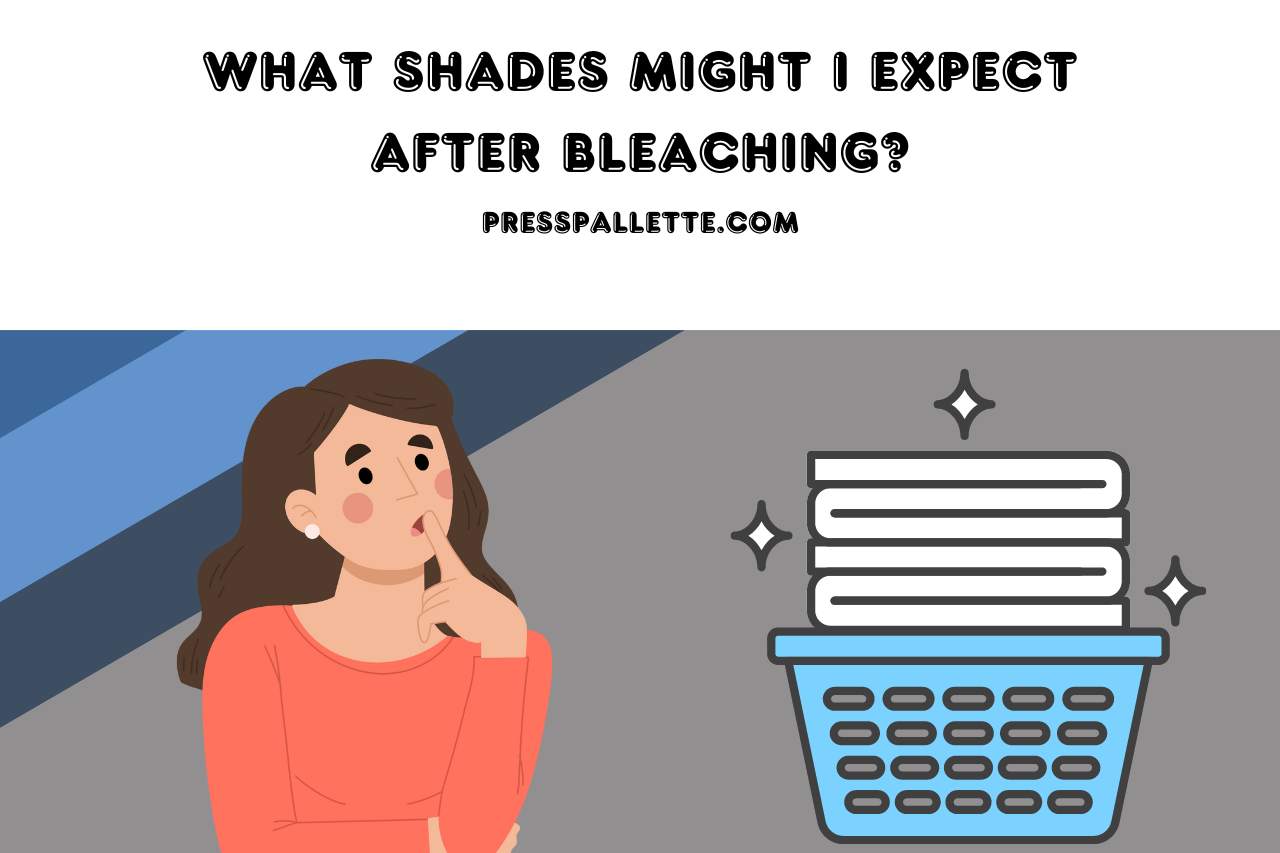
What Shades Might I Expect After Bleaching?
Black
A mixture of the three main hues in varied proportions makes up the color black. Some blacks lean more toward the blue side than others; some blacks appear more fiery. Being bleached, black often discharges to a bright orange or red hue. Grey cannot discharge into black.
Gray, Dark
Black and dark grey share a similar chemical makeup. It is only less dark. When bleached, dark grey will often discharge to an orange or pink tint. The final color will be darker the darker the initial grey is.
A Deep Blue
A deep hue that releases well includes a dark blue. It may transform into a range of different hues based on the precise shade. Bleaching most frequently causes dark blue to change to a lighter shade or pink. The bleached royal blue color, for instance, changes to turquoise.
Purple
The colors blue and red combine to make purple. Blue releases more effectively than red, so you might anticipate a reddish outcome. Bleaching changes purple into red or pink. Red will arise from purple in darker tones, whereas pink comes from brighter tones.
Brown
The three main colors—red, blue, and yellow—combine to form brown. Red is going to discharge more slowly than blue and yellow as they drain well. Suppose brown is discolored; pink results. While lighter browns can turn off-white, deeper browns may get darker.
Red
Red is the color of the rainbow that is typically the most difficult to emit. You may anticipate the outcome to become lighter but not to become white, depending on the tone and particular color. Pink most frequently results from bleaching red. Reds that are too pale might turn white.
Green
Yellow as well as blue, two hues that are simple to discharge are the components of green. In spite of being a deep green, it discharges nicely. Bleaching will transform green into white or an orange-colored off-white.
Beige
A mild brown color, beige. There are all three main colors present in it. It may turn into an off-white color because of its lightness. When colored, beige most frequently turns pinkish or off-white. Given that it contains some red, beige frequently discharges as a pinkish-white in color tint.
Pale Gray
The three main colors are all present in grey. You’ll probably end up sporting a pinkish-white tint because yellow as well as blue release the best. Bleaching Light Grey causes it to turn pinkish or off-white.
Yellow
The brightest and most straightforward discharge hue is yellow. It does not have many variants and is readily bleached. Based on the precise dye, it will only produce white or yellowish-white in color for you. Bleaching transforms yellow into white or off-white.
Pink
Pink is a paler shade of red. Although pink is mild enough to provide people with a reddish near-white tint, red is difficult to release. Bleaching most frequently results in pink becoming white or reddish off-white.
Pale Blue
Light blue can give you a lighter form of blue or perhaps white, according to the hue, because blue is simple to let go of. When bleached, a light blue color turns white or blues off-white.
You May Also Like

